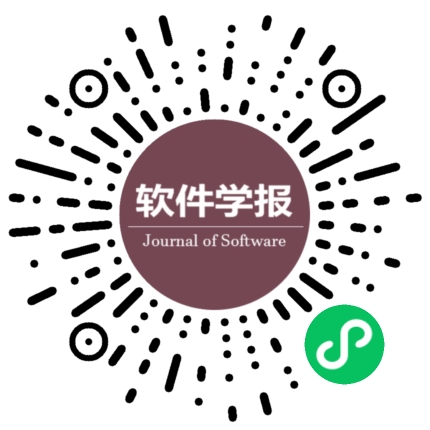软件过程建模方法研究
作者:
作者单位:
作者简介:
通讯作者:
中图分类号:
基金项目:
Supported by the National Natural Science Foundation of China under Grant Nos.60573082, 90718042 (国家自然科学基金); theNational High-Tech Research and Development Plan of China under Grant Nos.2006AA01Z185, 2007AA010303 (国家高技术研究发展计划(863)), the National Basic Research Program of China under Grant No.2007CB310802 (国家重点基础研究发展计划(973))
Systematic Review of Software Process Modeling and Analysis
Author:
Affiliation:
Fund Project:
引用本文
李明树,杨秋松,翟健.软件过程建模方法研究.软件学报,2009,20(3):524-545
复制相关视频
分享
文章指标
- 点击次数:
- 下载次数:
- HTML阅读次数:
历史
- 收稿日期:2008-04-03
- 最后修改日期:2008-07-09
- 录用日期:
- 在线发布日期:
- 出版日期:
文章二维码

您是第位访问者
版权所有:中国科学院软件研究所 京ICP备05046678号-3
地址:北京市海淀区中关村南四街4号,邮政编码:100190
电话:010-62562563 传真:010-62562533 Email:jos@iscas.ac.cn
技术支持:北京勤云科技发展有限公司
版权所有:中国科学院软件研究所 京ICP备05046678号-3
地址:北京市海淀区中关村南四街4号,邮政编码:100190
电话:010-62562563 传真:010-62562533 Email:jos@iscas.ac.cn
技术支持:北京勤云科技发展有限公司



